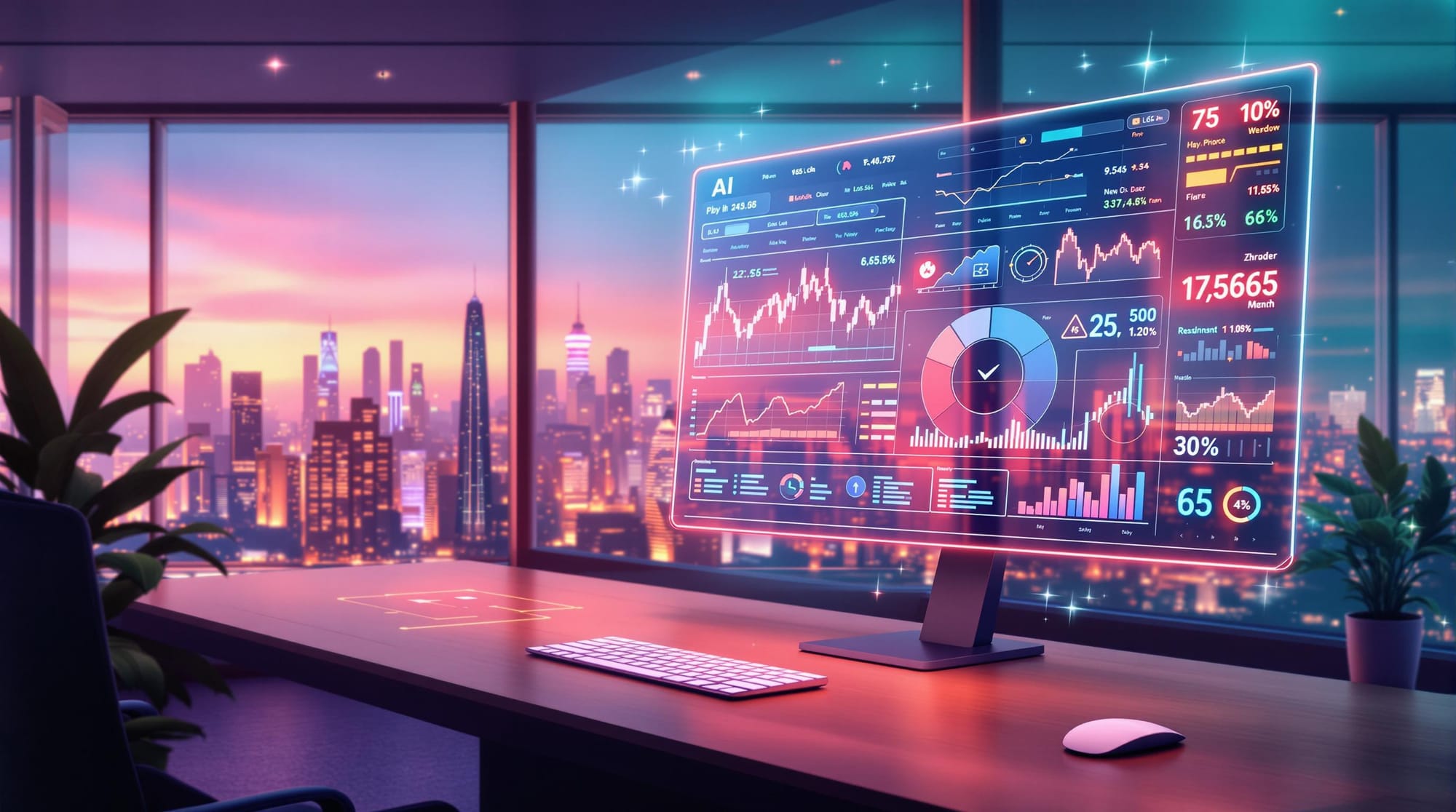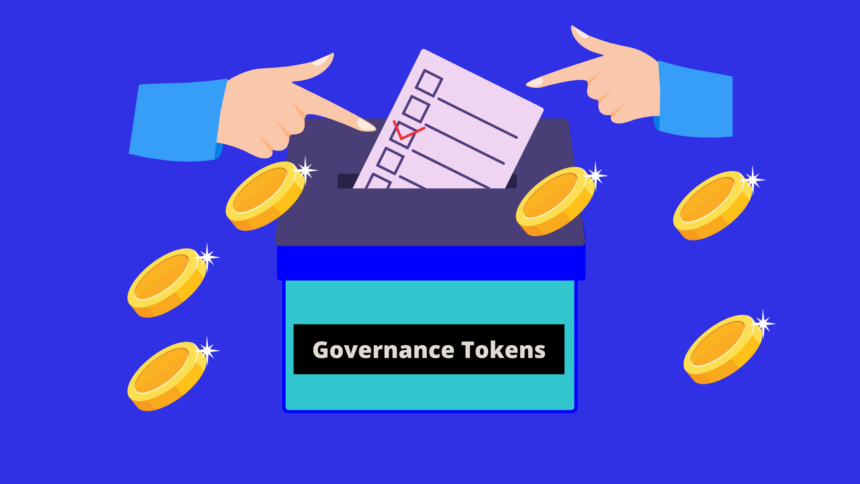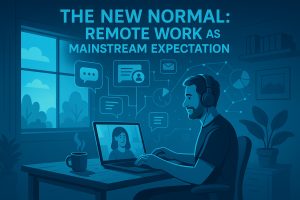How Cryptocurrency and AI Are Merging to Create the Next Digital Finance Wave

Cryptocurrency
Cryptocurrency Meets Intelligence: new use cases

The marriage of artificial intelligence and Cryptocurrency is no longer a thought experiment — it’s a fast-moving trend reshaping payments, lending, and markets. AI models now analyze real-time on-chain and off-chain signals to optimize trading strategies, personalize financial services, and detect suspicious activity. This shift transforms static ledgers into adaptive systems that can respond to market shocks, user behavior, and regulatory signals with unprecedented speed. ScienceDirect+1. Read More : Automotive Industry: Innovative the Future of Electric Vehicles in 2024
Smarter markets: AI-powered trading and market design

Institutional and retail traders alike are using machine learning to parse massive datasets — order books, social media sentiment, macroeconomic indicators — to build predictive signals for Bitcoin, altcoins, and tokenized assets. On the other side, decentralized exchanges and automated market makers are starting to embed AI for dynamic pricing, liquidity allocation, and risk management, reducing slippage and improving capital efficiency. These AI layers do not replace human judgment; they augment it, lowering barriers for smaller players to participate in sophisticated strategies. ScienceDirect+1. Read More : Baleno Car vs. Its Competitors: Which Hatchback Reigns Supreme in 2024?
Decentralized intelligence and tokenized data markets

A core promise of the fusion is creating marketplaces where data, models, and compute are tokenized and traded. Projects like data marketplaces and decentralized AI networks enable developers to license models or sell curated datasets for model training — all enforced by smart contracts. This unlocks new revenue paths for data owners and creates aligned incentives through tokens that reward quality contributions. Architect reports and academic studies show this model can preserve privacy while unlocking value for participants. Architect Partners+1. Read More : BMW Motorcycle Innovations: What’s New for Adventure Riders in 2024
Real-world rails: payments, agents, and autonomous commerce

Tech giants and payment networks are experimenting with AI agents that can transact autonomously — buying services, rebalancing portfolios, or executing invoices on behalf of users. New protocols for agent-powered payments are being developed to allow authenticated, auditable transfers that can include stablecoins and tokenized cash equivalents. When AI agents can both reason and pay, entire new classes of services — from subscription negotiation to microtask marketplaces — become possible. Early industry work suggests standardized frameworks for authorization will be crucial to scale this safely. Investors+1. Read More : 2024 Trends in Business Bureau Complaints and What Businesses Can Learn
Security and trust: AI as guardian — and as threat

While AI strengthens security (automated fraud detection, anomaly policing, identity verification), it also arms bad actors with tools to scale deception. The same generative models that automate compliance can create convincing fake credentials, voices, and on-chain narratives used in rug pulls and social engineering. Analysts and regulators report growing waves of AI-enabled crypto scams, making layered defenses — combining on-chain transparency, AI monitoring, and human oversight — non-negotiable. MDPI+1
Governance, tokens, and aligning incentives

Token economics are evolving to reward behaviors that benefit the network: governance participation, high-quality data provisioning, and honest validation. Decentralized Autonomous Organizations (DAOs) are experimenting with AI advisory modules that can offer data-driven recommendations to members while leaving final votes to humans. The interplay of Cryptocurrency incentives and AI decision support can reduce coordination frictions — but careful design is required to avoid centralizing influence in powerful models or large token holders. arXiv+1
Infrastructure: compute, energy, and the new stack

AI workloads are compute-heavy and often centralized; Cryptocurrency networks offer distributed incentives for providing spare compute and storage. New marketplaces let participants rent GPU time for model training in exchange for tokens, creating a complementary stack where crypto economics underwrite decentralized AI infrastructure. Some mining firms are even repurposing data center capacity for AI tasks, which signals a near-term blending of crypto compute and AI demand. Investors+1
What regulation and institutions need to watch

Policymakers are scrambling to catch up. The convergence of AI and Cryptocurrency raises hybrid risks: algorithmic opacity that affects market stability, data privacy concerns when models consume financial data, and cross-border enforcement challenges. Recent primers and whitepapers recommend transparent model audits, on-chain provenance for datasets, and sandboxes for experimentation so regulators can observe systemic effects before widespread rollout. Institutional adoption will depend heavily on clear guardrails. RAND Corporation+1
A human-centred future for digital finance

At its best, the AI + Cryptocurrency wave can expand access to personalized financial tools, enable fairer credit decisions, and create new income streams for data and compute providers. That future depends on thoughtful engineering and governance: systems that are auditable, incentives that reward trustworthy behavior, and continuous cooperation between developers, institutions, and civil society. For journalists, builders, and everyday users, the invitation is clear — participate early, demand transparency, and help steer this fusion toward an equitable financial ecosystem. IIARD Journals+1





